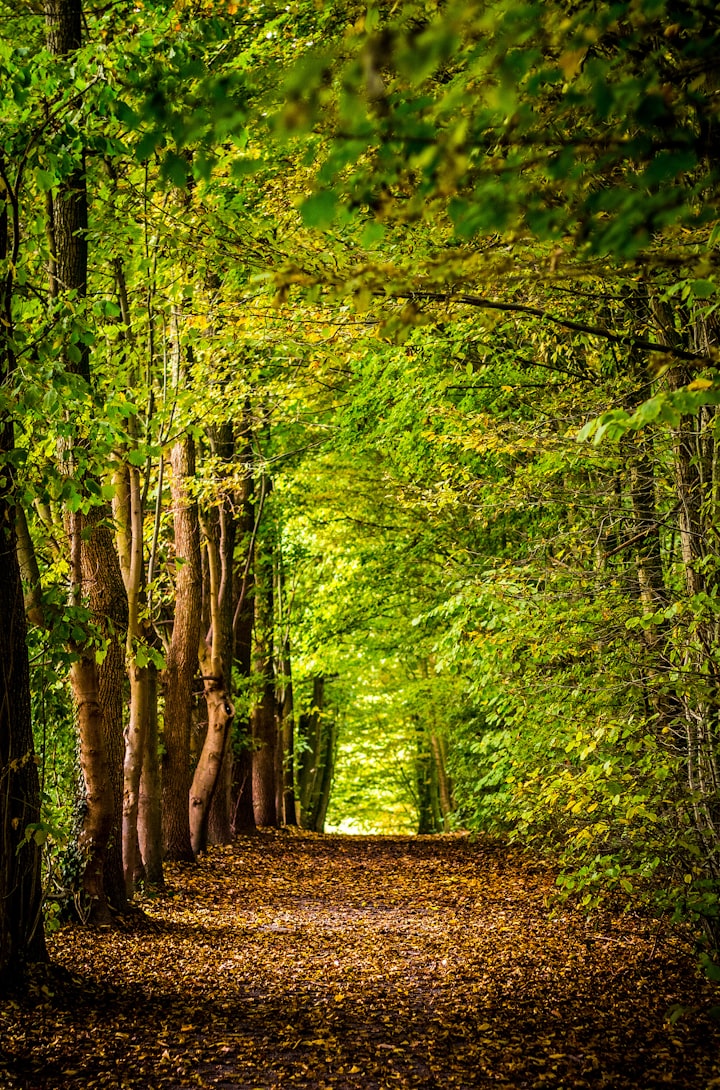
Neon yellow signs border the crosswalk and proclaim “must yield to pedestrians”. The median touts a similar message demanding that all drivers allow for the pedestrian to stroll through the chalked lattice unharmed. Those signs still shock me. When I first saw them well over a decade ago, I laughed and took a picture. Growing up my life consisted of shuffling between the suburbs and the city, I’d become accustomed to cars sleepily pausing to let occasional pedestrians cross the street, or escaping certain death from antsy cab drivers who actively rejected the idea of a stop sign. But a sign that unapologetically protected a pedestrian?! How novel.
Even with the safety of this boldfaced signage, one must look both ways at this intersection, as this is the busiest stretch of Main Street. I suppose cars can still do some damage at the posted 15mph. But this isn’t about Main Street or the reclamation of pedestrian rights. It’s about the tiny street perpendicular to Main Street that smells like forest meets pavement. The first house on the corner of this intersection is a whopper of a home, a colonial house, austere in spite of its brightness. Teachers at the nearby school used to live there. Always watching. Kids walked so gingerly around here, performing sobriety before and after school dances to mixed reviews.
But for me this street was the calm before the storm. The buffer between school and Boston, rules and freedom, crowds and solitude. Like some sort of liminal palate cleanser, this street featured quietly in innumerable adventures from that time. I walk it now on a hot summer day, not boiling, but the paved road is sweating too. There’s a gentle buzz, a familiar summer hum, and lots of baby gnats who will get you if you walk too slowly or get too involved with the greenery lining the road. They fly up your nose and into your eyes and want to whisper to you so badly that they’ll fly right into your ear. The hedges and shrubs look beautiful, but try and stay in the middle of the road, no cars here. A few more paces and you’ll see beautiful modest homes dressed in simple shades of white brown and cream. The facades are immaculately clean. As are the lawns.
The windows of most homes are open, some doors are too. Maybe the residents want the outdoors to visit them in their kitchens and living rooms.
Supposedly in 1960, the average American household consisted of 3.29 people. Data suggests that the average American household shrank to 2.53 people in 2020. I think about that .76 of a person as I walk down this street of homes ideal for 2 to 4 residents.
The summer orchestra swells as birds sing and bugs buzz, but the melody is missing its core of excitement and expectation that plays on repeat during the school year. I suspect those notes of magic sleep in the roots of the grass during the summer, ready to play in the fall. I haven’t been to that concert in years.
In the distance a chainsaw goes off. I’d like to imagine this is the start of assembling a homemade tree-house, but it could be anything. Picking up the pace, so house after home fades into the periphery until I reach the end of the street. Train tracks come into view across the street. I emerge from this tiny street at another intersection. A pizza shop whose white paint has seen better days to my right, a small grocery shop to my left, the summer song behind me.






Comments
There are no comments for this story
Be the first to respond and start the conversation.